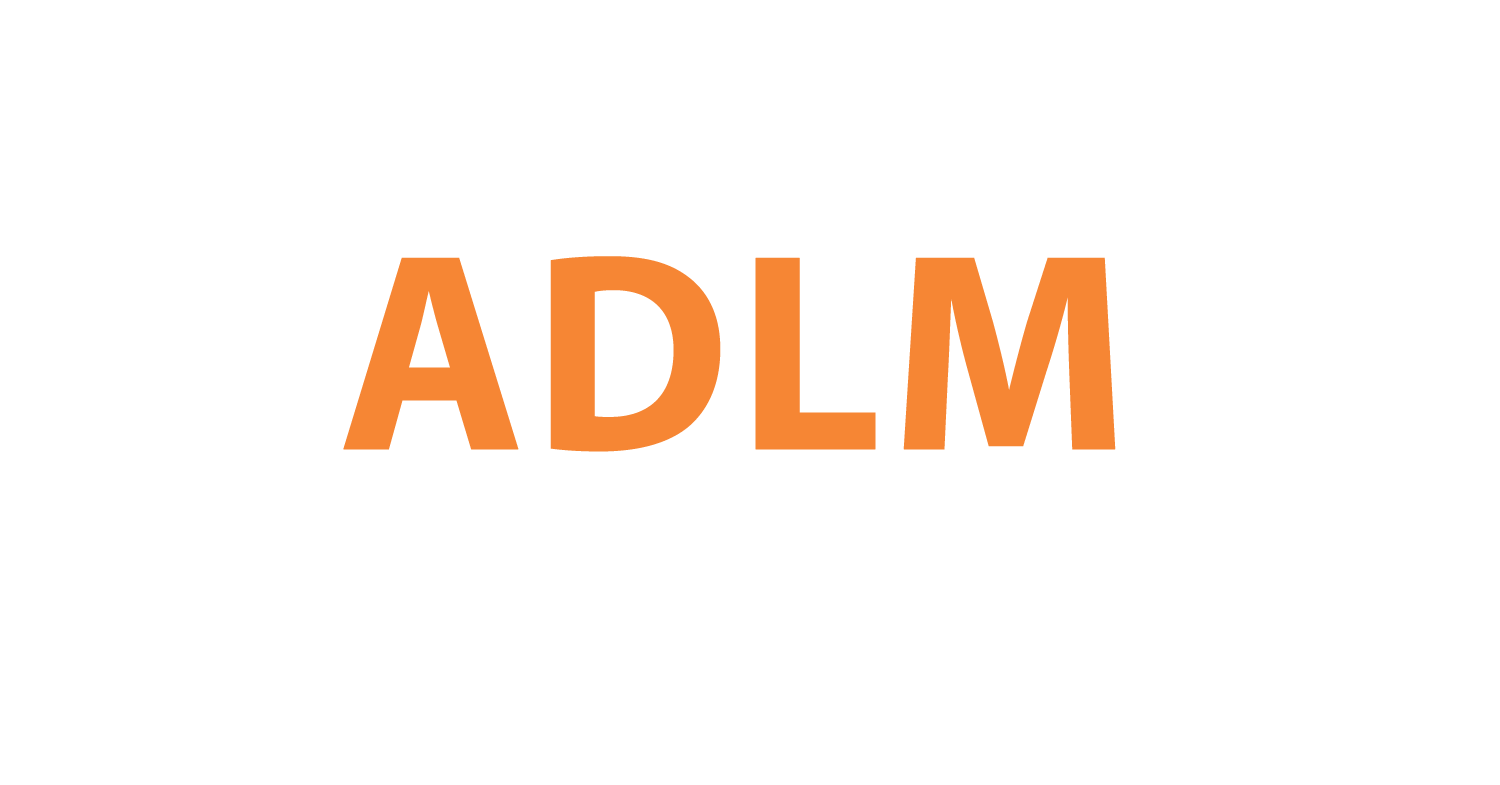The Potential of Buccal Swab for DNA Age Prediction

The study of genetics has opened up new avenues for understanding age and the aging process. One such avenue is DNA methylation (DNAm), a biological process involving the addition of a methyl group to the DNA molecule. Changes in DNA methylation patterns have been associated with aging, and these changes can potentially be used to predict a person's age. In a recent breakthrough, researchers have developed a method for predicting age based on DNA methylation changes using buccal swabs, a non-invasive technique that collects cells from the inside of a person's cheek.
This method hinges on the fact that buccal swabs collect a mixture of two types of cells: buccal epithelial cells, which are the main cells in the lining of the mouth, and leukocytes, which are white blood cells. These two cell types have different DNAm patterns, and these differences can impact the accuracy of age prediction.
In the study, researchers were able to estimate the composition of these two cell types in a buccal swab by analyzing the DNAm levels at two specific sites on the DNA. By incorporating this information into their age prediction model, they improved the accuracy of the predictions. This suggests that taking into account the cellular composition of a sample can enhance the precision of age predictions based on DNAm.
Notably, the method developed in this study has potential applications beyond age prediction. The ability to determine the composition of cell types in a buccal swab could improve other types of epigenetic diagnostics that utilize these samples.
This research represents a significant step forward in the field of DNA age prediction. By harnessing the power of buccal swabs and DNAm, it's possible to estimate a person's age with surprising accuracy. As this method continues to be refined and validated, it could prove invaluable in a variety of settings, from legal medicine to biological research.
Buccal swabs provide a promising, non-invasive method for age prediction based on DNAm. With continued research and refinement, this technique could offer a powerful tool for age estimation, and potentially, a deeper understanding of the aging process itself.
Reference
Eipel M, Mayer F, Arent T, Ferreira MR, Birkhofer C, Gerstenmaier U, Costa IG, Ritz-Timme S, Wagner W. Epigenetic age predictions based on buccal swabs are more precise in combination with cell type-specific DNA methylation signatures. Aging (Albany NY). 2016 May;8(5):1034-48. doi: 10.18632/aging.100972. PMID: 27249102; PMCID: PMC4931852.
Related Posts
How to Prevent DNA Degradation in Urine Samples?
Systematic Optimization of Urine DNA Isolation for Microbiome Sequencing
Enhance DNA Extraction from Urine Using Tris-EDTA Treatment
UTI Stops DNA Degradation in Frozen Forensic Urine Samples
Efficiency and Convenience of DNA Collection Using Buccal Swabs
Comparison of Different DNA Testing Techniques and Their Applications
How Should DNA Sample Collections Be Managed?
Buccal Swabs: The Gold Standard for Human DNA Collection









